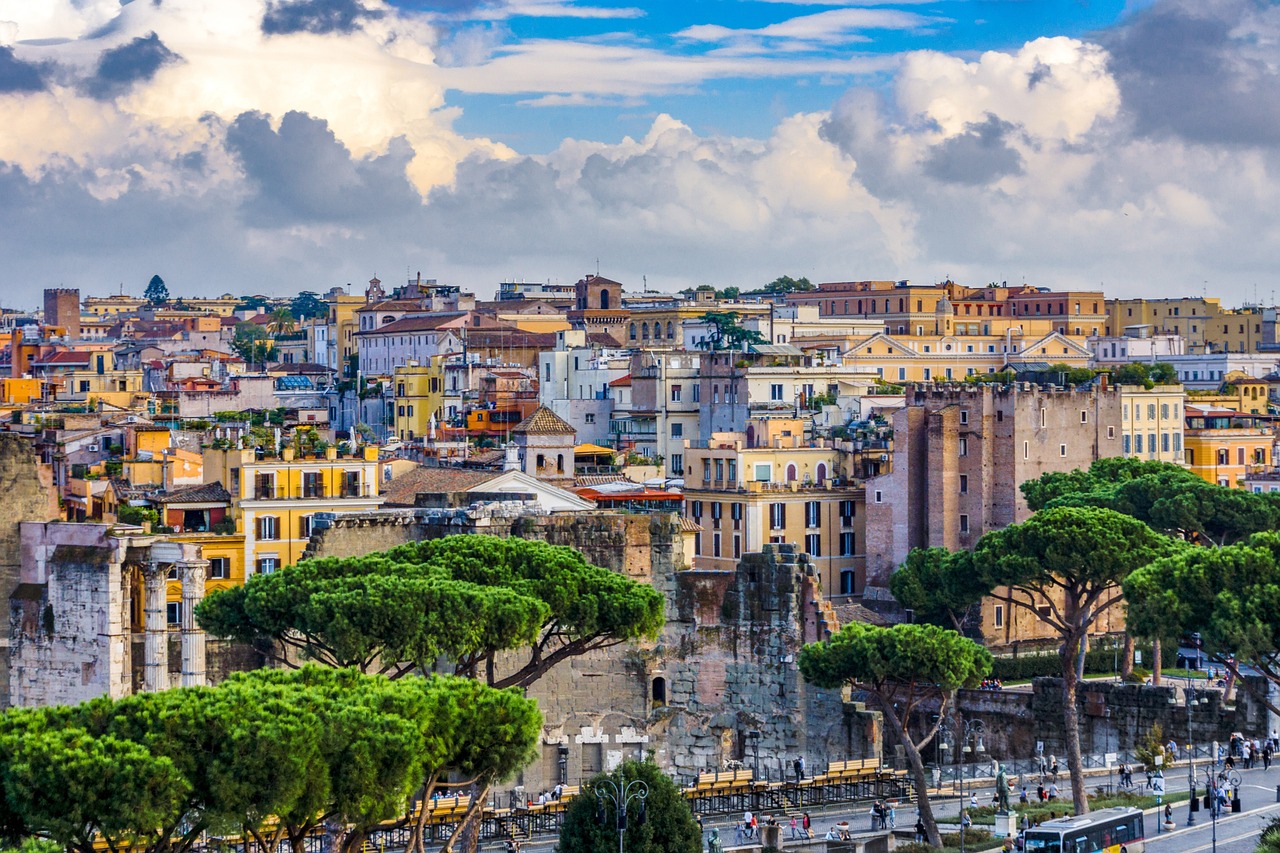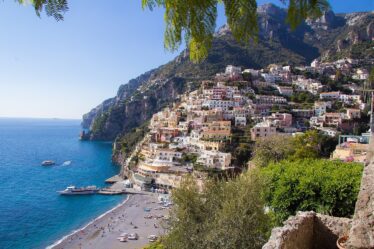
Discovering the Eternal City: Exploring Rome, Italy
Rome, often referred to as the “Eternal City,” stands as a testament to millennia of history, culture, and artistic splendor. As the capital of Italy, Rome is a city where ancient ruins coexist with vibrant neighborhoods, offering visitors a rich tapestry of experiences. Let’s embark on a journey through this iconic city’s landmarks, cuisine, and unique charm.
Historical Significance
Rome’s history dates back over 2,500 years, with legendary origins rooted in Roman mythology. Founded in 753 BCE, Rome evolved from a small settlement on the banks of the Tiber River into the center of one of the world’s greatest empires. Visitors can trace the city’s history through its awe-inspiring landmarks, including the Colosseum, Roman Forum, and Palatine Hill, which vividly illustrate Rome’s imperial past.
Architectural Marvels
Rome boasts an unparalleled wealth of architectural treasures. The Vatican City, an independent enclave within Rome, houses St. Peter’s Basilica and the Vatican Museums, showcasing Renaissance masterpieces like Michelangelo’s Sistine Chapel ceiling. The Pantheon, with its iconic dome and oculus, stands as a testament to Roman engineering ingenuity. Exploring Rome’s piazzas—such as Piazza Navona and Campo de’ Fiori—reveals elegant fountains and Baroque facades that animate the city’s public spaces.
Cultural Heritage
Art and culture flourish in Rome, reflecting centuries of patronage by popes, emperors, and wealthy families. The city’s art collections span epochs, from ancient sculptures in the Capitoline Museums to Renaissance paintings in the Galleria Borghese. Rome’s churches, adorned with frescoes and mosaics, offer insights into religious devotion and artistic expression. The city’s opera houses, theaters, and concert halls continue to host performances that celebrate Italy’s musical heritage.
Culinary Delights
Roman cuisine is a gastronomic delight, characterized by simplicity and local ingredients. Traditional dishes like cacio e pepe (pasta with cheese and pepper), supplì (fried rice balls), and Roman-style pizza showcase the city’s culinary heritage. Savoring gelato on the Spanish Steps or indulging in a leisurely dinner in Trastevere provides a taste of Roman hospitality and culinary tradition.
Neighborhood Charms
Rome’s neighborhoods exude distinct personalities. Trastevere, with its narrow cobblestone streets and trattorias, offers a glimpse into Rome’s bohemian side. The trendy Monti district, near the Colosseum, buzzes with boutiques and artisanal shops. The Jewish Ghetto, one of the oldest in Europe, is a living testament to Rome’s multicultural history.
Contemporary Life
Beyond its ancient past, Rome is a modern and dynamic city. Fashionable boutiques line the streets of Via del Corso and Via Condotti, catering to discerning shoppers. The MAXXI museum, designed by Zaha Hadid, showcases contemporary art and architecture. Rome’s parks and gardens, such as Villa Borghese and the Orange Garden on the Aventine Hill, offer serene respites amid urban bustle.
Conclusion
Rome embodies the timeless allure of Italy, blending ancient history with vibrant contemporary life. Its monumental landmarks, artistic treasures, and culinary delights ensure that visitors experience the richness of Roman culture. From the grandeur of the Colosseum to the charm of its neighborhoods, Rome invites exploration and promises unforgettable memories—a city where the past and present converge in an eternal embrace.
—
This article aims to capture the essence of Rome’s multifaceted character, highlighting its historical, cultural, and culinary offerings that make it one of the world’s most captivating cities.


